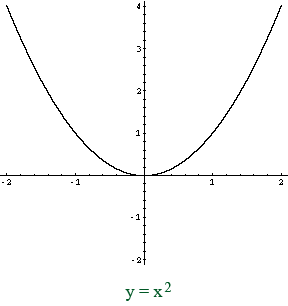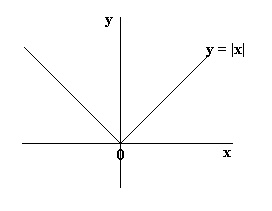Introduction :

Let's Consider the function
`f(x)= { tt((1, if , x le 0),(2, if , x > 0 ))`
● The value of the function at nearby points on x-axis remain close to each other except at `x = 0.` At the points near and to the left of 0, i.e., at points like `– 0.1, – 0.01, – 0.001,` the value of the function is `1`.
● At the points near and to the right of `0`, i.e., at points like `0.1, 0.01`, 0.001, the value of the function is 2.
● Left (respectively right) hand limit of f at 0 is 1 (respectively 2).
● So here the value of the function at `x = 0` coincides with the left hand limit.
`color{orange}{"Note : we cannot draw this graph in one stroke, i.e., without lifting pen"}`
`color{orange}{" from the plane of the paper ,we need to lift the pen when we come to "}`
`color{orange}{0 \ \ " from left. Means function is not continuous at" x = 0.}`
`f(x)= { tt((1, if , x le 0),(2, if , x > 0 ))`
● The value of the function at nearby points on x-axis remain close to each other except at `x = 0.` At the points near and to the left of 0, i.e., at points like `– 0.1, – 0.01, – 0.001,` the value of the function is `1`.
● At the points near and to the right of `0`, i.e., at points like `0.1, 0.01`, 0.001, the value of the function is 2.
● Left (respectively right) hand limit of f at 0 is 1 (respectively 2).
● So here the value of the function at `x = 0` coincides with the left hand limit.
`color{orange}{"Note : we cannot draw this graph in one stroke, i.e., without lifting pen"}`
`color{orange}{" from the plane of the paper ,we need to lift the pen when we come to "}`
`color{orange}{0 \ \ " from left. Means function is not continuous at" x = 0.}`



















